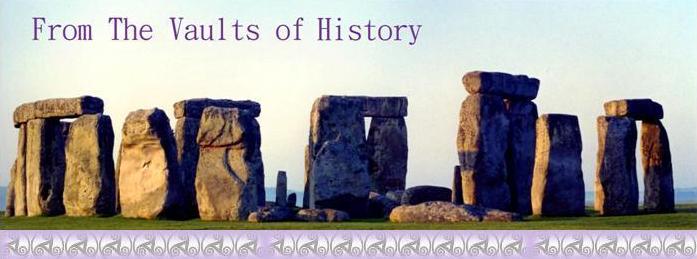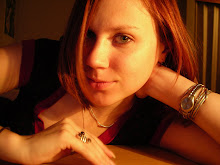 Having pursued a life as a painter in the art world of 13th century Europe, which was still highly influenced by the traditional Byzantine style, Cimabue came to be known as a revolutionary pre-renaissance artist. In his painting "Madonna Enthroned with Angels and Prophets (see to the left)" the viewer can see subtle differences between Cimabue's style and the standard Byzantine technique. These departures make this painting stand out from other late medieval works.
Having pursued a life as a painter in the art world of 13th century Europe, which was still highly influenced by the traditional Byzantine style, Cimabue came to be known as a revolutionary pre-renaissance artist. In his painting "Madonna Enthroned with Angels and Prophets (see to the left)" the viewer can see subtle differences between Cimabue's style and the standard Byzantine technique. These departures make this painting stand out from other late medieval works.The artist retains the traditional Byzantine portrayal of the human face (down turned lips, almond eyes, and a rather elongated nose, face and hands); however, the features are softened and the viewer is no longer confronted directly by the faces of the fourteen figures in the painting. Instead each figure casts a sidelong glance while tilting its head in one direction or the other. These glances are essential to this work of art. As the viewer's eyes move down the piece, the angels, Madonna, and Christ child are all looking out at the spectator, but once the viewer's eyes reach the prophets at the bottom, his or her eyes follow their uplifted gaze back to the face of the Madonna. An invisible triangle is formed between the gaze of the prophets and the face of Mary, which both keeps the viewer's eyes within the confines of the picture, and emphasizes the subject of the piece. Yet it is at the bottom, or predella, of Cimabue's piece that all the truly innovative changes occur. Not only is the predella where we see the upward gazing prophets, but it is where we find one of the first attempts at suggesting a three-dimensional space on a two-dimensional surface. This can be seen above the two center prophets where the concave arch which seems to recede from the viewer. Because of these subtle changes, the art of Cimabue is often considered the end of Byzantine period as well as the inspiration for one of the most influential early Renaissance artists, Giotto.
The influence of Cimabue on Giotto can best be seen when comparing "Madonna Enthroned with Angels and Prophets" to Giotto's piece "Madonna Enthroned (see to the right)," which was created twenty-five years later. Both artists place the subject, Madonna and Child, in the upper center of the piece while supporting them with architectural structures and surrounding them with figures. In both paintings there are an equal number of figures, and the location of these figures is symmetrical around the subject (Cimabue includes fourteen figures total, six on either side of Madonna and Child. Giotto includes sixteen figures total, seven on either side of Mary and Christ). The basic composition between these two pieces seems identical; however, Giotto made some very important modifications. All sixteen figures are softer and more natural than in previous works. Baby Jesus is portrayed looking more like an actual baby with baby fat, as opposed to being portrayed as a small scale man as seen in medieval art. The faces of the figures are not as compartmentalized, and form and volume are now defined by the use of light and shadow. To make his subject more powerful, all the figures have their eyes fixed on the subject; it is only Mary and the Christ child that look out of the piece. The viewer follows the gaze of the surrounding angels and finds their eyes constantly drawn back to the face of the Madonna who is sitting back in her architectural throne, a convincing attempt at rendering a three dimensional space.
Developments and changes such as those
seen in these two paintings are what continue to keep art developing. Giotto was influenced by the adjustments Cimabue made in his art, and many renaissance artists were inspired by Giotto, just as artists today are still inspired by the art of those who came before them.






2 comments:
Hey! Here is my official welcome to the blog world. I am looking forward to following your blog. Keep up the good work!
Kody (Radar)
Awe, thank you! You are my first commenter. That makes me so happy! Hopefully, I'll write keep writing interesting things.
Post a Comment